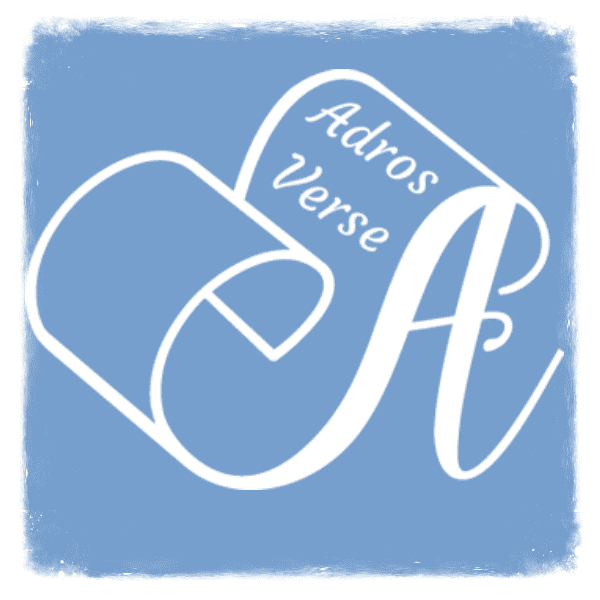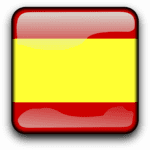1. Alphabet & Pronunciation
1.1. Vowels
2. Similarities to English
2.1. Capitalization
2.2. Negation
2.3. Punctuation & Written Accents
3. Gender & Plural
4. Cardinal Numbers
5. Subject Personal Pronouns
6. Present Indicative Tense I
7. The Articles
8. Interrogative Pronouns & Adjectives
9. Basic Phrases
1. Prepositions
2. Present Indicative Tense II – Irregular Verbs
3. The Verb “To Be”: “Ser” vs. “Estar”
4. Future Tense
5. Possessive Adjectives & Pronouns
6. Demonstrative Adjectives & Pronouns
7. Object Personal Pronouns
8. Relative Pronouns
9. Ordinal Numbers I
10. Times & Seasons
1. “Por” vs. “Para”
2. The Verb “To Know”: “Saber” vs. “Conhecer”
3. Indefinite Adjectives & Pronouns
4. Present Progressive Tense
5. Present Perfect Tense
6. Special Uses of “Haver” & “Ter”
7. Telling Time & Describing Weather
8. Adverbs
9. Directions
1. Degrees of Comparison: Comparatives & Superlatives
2. Past Tense: Preterite vs. Imperfect
3. Conjunctions
4. Reflexive Pronouns & Verbs
5. Time Expressions: Ainda, Já, Acabar, and Desde
6. Present Subjunctive Tense
7. Future Perfect Tense
1. Imperative Mood & Giving Commands
2. Simple Conditional Tense
3. Future Subjunctive Tense
4. Perfect Subjunctive Tense
5. Imperfect Subjunctive Tense
6. Past & Conditional Progressive Tenses
7. Interjections
1. Ordinal Numbers II
2. “Would/Should/Could Have …”
3. Pluperfect Indicative Tense
4. Pluperfect Subjunctive Tense
5.”Although” & “Despite”
6. Passive Voice & Impersonal “Se”
7. Diminutives & Augmentatives
The words in Portuguese are capitalized in cases almost identical to those in English, with a few notable exceptions which are not capitalized in Portuguese, mainly:
- Adjectives of nationality and languages, e.g., “italiano” (Italian), “canadense” (Canadian), “espanhol” (Spanish), etc.
- Days and months, e.g., “terça-feira” (Tuesday), “janeiro” (January), “julho” (July).
It is also worth noting that all letters of the alphabet are masculine in Portuguese. For example, when referring to a letter in Portuguese, one may say: o “n” em “animal”(the “n” in “animal”), referring to the letter “n” using the masculine article “o.” The word “letra” (letter) itself, however, is feminine; thus, we could also say: a letra “n” em “animal”(the letter “n” in “animal”).
We will learn more about masculine and feminine nouns and adjectives in the next lesson.
Other lessons in Level I:









